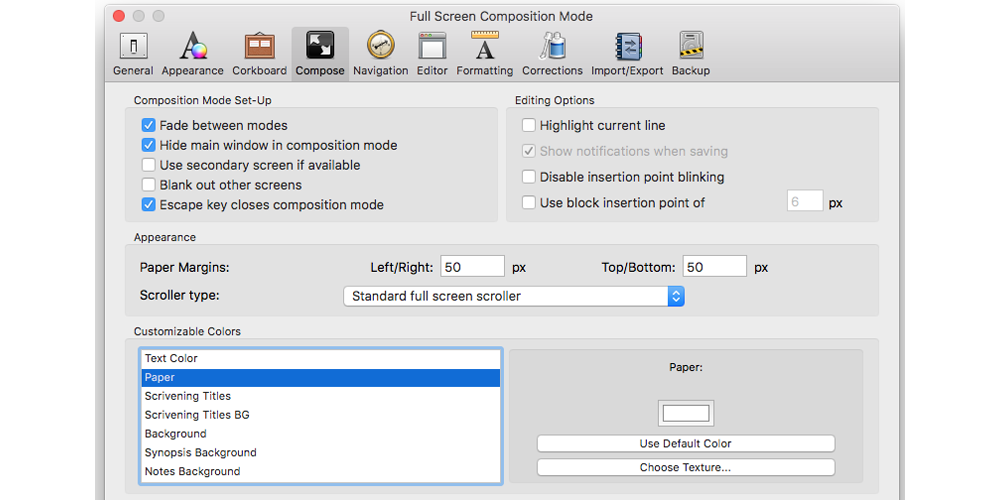Macjournal 607 Keygen
Citation Count, 607. Guijuan Wang, Jiguo Yu, Dongxiao Yu, Haitao Yu, Li Feng, Pan liu, DS-MAC, Journal of Network and Computer Applications, v.58 n.C. A key management protocol for sensor networks that is designed to support. 'The Rescue of Fannie Mae and Freddie Mac,' Journal of Economic Perspectives, American Economic Association, vol. 107(5), pages 603-607, May. 'On the record: outgoing D/FW Airport chief cites international growth as key to future.
Dec 02, 2017 Serial Key Generator (SKGenerator.exe). Serial Key Generator is a program to help developers generate serial numbers for applications. You can generate. Digital Pipe Fitter V 1.8.2 Crack and Keygen Digital Pipe Fitter V 1.8.2 High Speed. Fitter, the world's best pipe template generator. Digital Pipe Fitter. DIGITAL PIPE FITTER Full Download, DIGITAL PIPE FITTER Cracks, DIGITAL PIPE FITTER Serials, DIGITAL PIPE FITTER Keygens. Download Digital Pipe Fitter Keygen Crack - unitedmuvi; Rating:6/10Apr 22, 2017 - If you search a download site for Digital Pipe Fitter 1.6 Keygen.
Pore‐forming toxins (PFTs) are commonly associated with bacterial pathogenesis. In eukaryotes, however, PFTs operate in the immune system or are deployed for attacking prey (e.g. This review focuses upon two families of globular protein PFTs: the cholesterol‐dependent cytolysins (CDCs) and the membrane attack complex/perforin superfamily (MACPF).
CDCs are produced by Gram‐positive bacteria and lyse or permeabilize host cells or intracellular organelles during infection. In eukaryotes, MACPF proteins have both lytic and non‐lytic roles and function in immunity, invasion and development. The structure and molecular mechanism of several CDCs are relatively well characterized. Pore formation involves oligomerization and assembly of soluble monomers into a ring‐shaped pre‐pore which undergoes conformational change to insert into membranes, forming a large amphipathic transmembrane β‐barrel. In contrast, the structure and mechanism of MACPF proteins has remained obscure.
Recent crystallographic studies now reveal that although MACPF and CDCs are extremely divergent at the sequence level, they share a common fold. Together with biochemical studies, these structural data suggest that lytic MACPF proteins use a CDC‐like mechanism of membrane disruption, and will help understand the roles these proteins play in immunity and development. Introduction Pore‐forming toxins (PFTs) are proteins that possess the ability to switch from a water‐soluble form to a membrane‐inserted pore form. Over 80 different families of PFTs have been characterized ( ), these include short peptides and large globular proteins. PFTs constitute approximately one‐third of all the characterized bacterial toxins ( ), and are found across both Gram‐positive and Gram‐negative bacterial species ( ). Although PFTs have been considered traditionally as virulence factors contributing to bacterial invasion and infection, these molecules also play key roles in eukaryotes.

Notable examples of eukaryotic PFTs include C9 and perforin, proteins of the immune system ( ), and venoms used by sea anemones to kill prey ( ). A remarkable aspect of PFTs is their ability to exist in both water‐soluble and membrane‐inserted forms. In the soluble form, the membrane spanning portions of the PFT are commonly stabilized by interaction with the core of the molecule ( ). Pore formation thus often involves an extensive conformational change that permits the membrane spanning residues to insert into the lipid bilayer ( ). Windows 7 all in one iso pre activated free download 32 / 64 bit.
Pore‐forming toxins are broadly classified into two groups depending upon whether membrane spanning is achieved using α‐helices (α‐PFTs, e.g. Colicin) or β‐strands (β‐PFTs, e.g. Perfringolysin O, PFO). While extensive structural and mechanistic information is available for pore formation by various β‐PFTs, the structure of the membrane‐inserted form of an α‐PFT remains to be determined.
